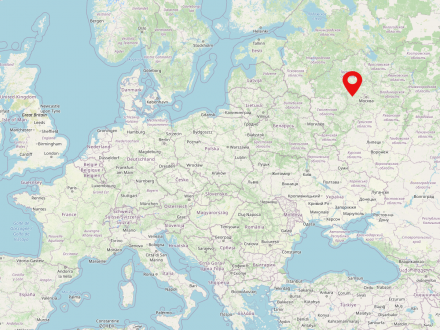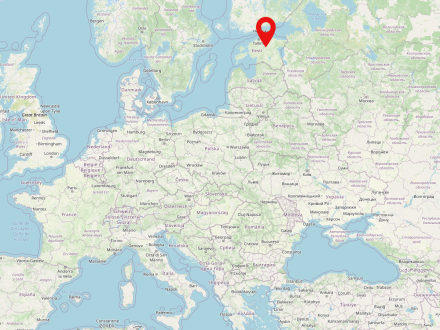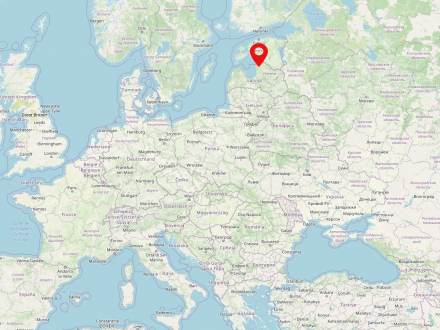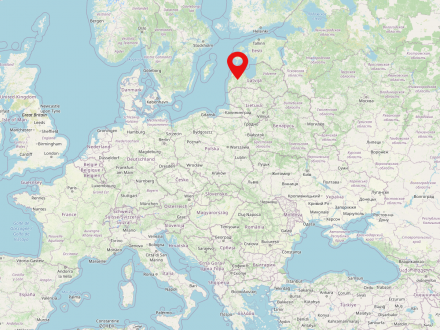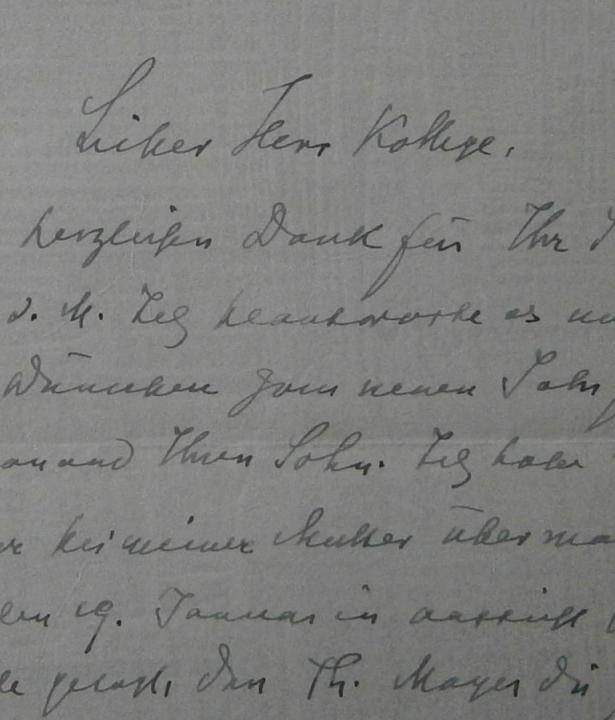The Russian Federation is the largest territorial state in the world and is inhabited by about 145 million people. The capital and largest city is Moscow, with about 11.5 million inhabitants, followed by St. Petersburg with more than 5.3 million inhabitants. The majority of the population lives in the European part of Russia, which is much more densely populated than the Asian part.
Since 1992, the Russian Federation has been the successor state to the Russian Soviet Republic (Russian Socialist Federative Soviet Republic, RSFSR), by far the largest constituent state of the former Soviet Union. It is also the legal successor of the Soviet Union in the sense of international law.
Estonia is a historical landscape in northeastern Europe and includes the northern part of the present Estonian state. Until 1918, Estonia was one of the three Baltic Sea governorates of the Russian Empire, along with Livonia and Courland.
Livonia (latv. Livonija, est. Liivimaa) is a historical landscape in the Baltic States. Nowadays it includes parts of southern Estonia and northern Latvia. The landscape was named after the Livons who once lived there.
Courland is a historical landscape in the west of Latvia. Courland is situated on the Baltic Sea and borders two other Latvian regions - Livonia and Semgalia - and Lithuania to the south. The major cities of Courland include Jelgava, Ventspils and Liepaja.



